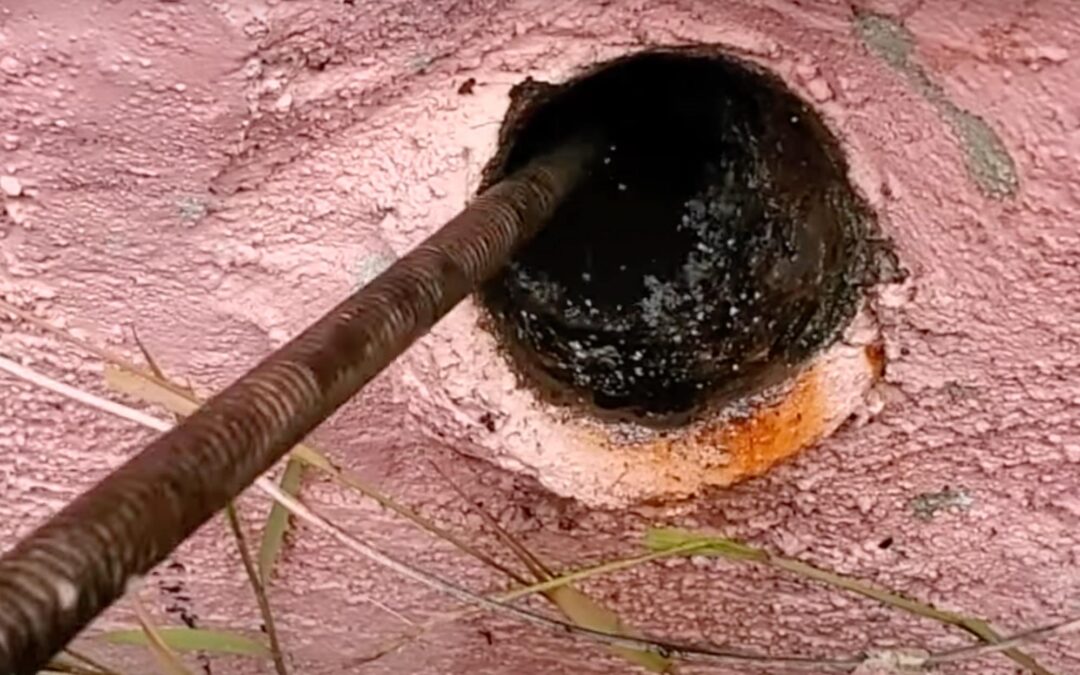Dealing with clogged drains is a common household nuisance that requires prompt attention. When faced with a stubborn clog in your sink drain or main line, having the right tools can make all the difference. In this blog, we will explore how to effectively clear a sink drain and main line using 3/8″ and 1/2″ cables, empowering you to tackle clogs with confidence and restore proper drainage throughout your home.
Understanding the Cable Sizes
Before attempting to clear a clog, it’s important to understand the difference between 3/8″ and 1/2″ cables. A 3/8″ cable is thinner and more flexible, making it ideal for navigating through smaller pipes and tight bends commonly found in sink drains. On the other hand, a 1/2″ cable is thicker and sturdier, suitable for handling tougher clogs and larger pipes, such as those found in main lines.
Clearing a Sink Drain with a 3/8″ Cable
To clear a clog in a sink drain, start by removing the sink trap and any accessible sections of the pipe. Insert the 3/8″ cable into the drain opening and gradually feed it in while rotating it clockwise. As you encounter resistance, continue rotating and pushing the cable until you feel it break through the clog. Once the cable has passed through the clog, retract it slowly while still rotating to ensure the clog is fully cleared. Finally, reassemble the sink trap and test the drainage.
Tackling a Main Line Clog with a 1/2″ Cable
When dealing with a more substantial clog in the main line, a 1/2″ cable is the preferred choice. Locate the clean-out access point near the main line and remove the cap. Insert the 1/2″ cable into the clean-out and gradually feed it into the pipe. Similar to clearing a sink drain, rotate the cable clockwise and push it forward until you encounter resistance. Apply steady pressure and continue rotating the cable until it breaks through the clog. Once the clog is cleared, retract the cable while rotating to ensure thorough cleaning. Replace the clean-out cap and test the drainage throughout your home.
Preventative Measures for Future Clogs
To minimize the occurrence of clogs and maintain optimal drainage, consider implementing preventative measures. Use drain screens or stoppers to catch hair, food debris, and other particles before they enter the drain. Regularly clean the screens or stoppers to prevent build-up. Additionally, avoid pouring grease, oil, or large quantities of food scraps down the drain, as these can contribute to clogs. Periodically flushing the drains with hot water and vinegar can also help prevent build-up and maintain clear pipes.
Conclusion
Clearing a sink drain and main line clogs can be accomplished with the right tools and techniques. By understanding the differences between 3/8″ and 1/2″ cables, you can effectively address clogs in different pipe sizes and locations within your home. Remember to exercise caution and take safety measures when working with cables and drain systems.
With your newfound knowledge, you can confidently tackle clogs and restore proper drainage throughout your home. However, if you encounter persistent or severe clogs that cannot be cleared with these methods, it is advisable to seek professional assistance. Regular maintenance and preventative measures will help keep your drains clear and functioning optimally, allowing you to enjoy a clog-free environment.

